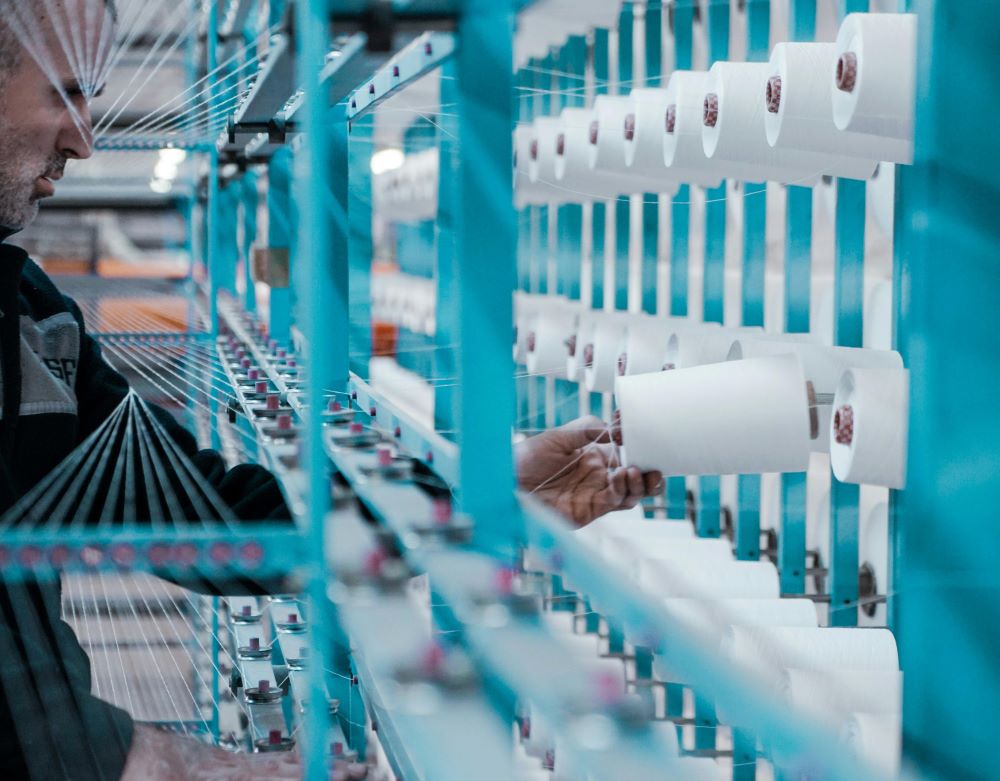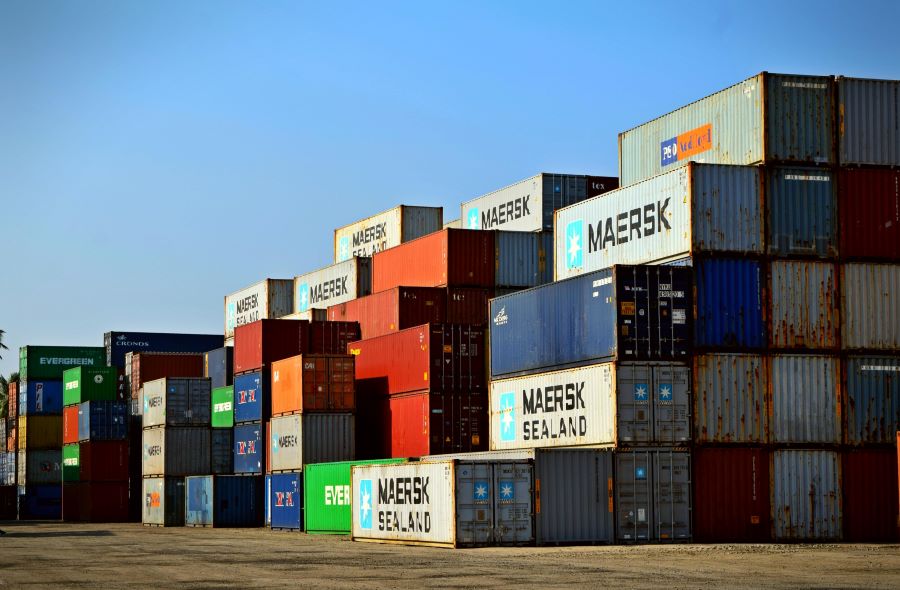Delivery matters. If there is no delivery then there is no sale, no revenue, and no profit! Companies need to measure, record, and track on time delivery metrics to ensure that they’re delivering the right products or services in their correct time frame.
Read on to learn more about measuring delivery, including how to calculate these supply chain KPIs: On Time In Full (OTIF), Order Fill Rate (Order Fulfillment Rate), and Stockouts.
What does “delivery” mean?
“Delivery” means getting a product or service to the customer, and so this phrase is usually used even if your customer collects the product themselves from your shop, (rather than the more obvious “delivering” it to them).
Delivery is the ultimate purpose of a supply chain: to deliver what the customer wants, when they want it. For example a hot pepperoni pizza with stuffed crust, delivered piping hot to the customer’s doorstep in under 30 minutes, Or perhaps a shipment of car tyres delivered to the car assembly plant at exactly 5am on Monday, ready for the next shift.
On-time delivery metrics
There are many ways to measure delivery. It’s important to record and track delivery because late, partial, or problematic delivery creates unhappy customers. No one wants a late, cold pepperoni pizza, and the financial consequences of stopping a production line for the late arrival of car tyres is enormous.
On-Time-In-Full (OTIF)
A popular measure for tracking delivery is “On Time In Full” (OTIF). OTIF can refer to the delivery of a service or a product, and is an important metric as a proxy for tracking customer satisfaction. If a pizza delivery company measured its OTIF for January as only 80%, then 20% of orders were either late or incorrectly delivered… not good!
OTIF meaning
OTIF (On Time In Full) records the percentage of orders that were delivered correctly; the percentage of times the customer received exactly what they were meant to receive, exactly when they were meant to receive it.
OTIF = (Number of orders delivered on time and in full / Total number of orders) x 100.
OTIF calculation example
The number of shipments of car tyres in a 12 month period was 108. Of these 108 shipments, 99 were delivered on time and in full. 9 orders were late and/or incorrect. This means the OTIF percentage is 99/108 x 100 = 92%.
Fill Rate (Fulfillment Rate)
Another popular delivery metric is “Fill Rate” (sometimes also known as “Order Fulfillment Rate”). A high fill rate is good. It means there is typically sufficient stock ready to send, while a low fill rate means the company frequently runs out of stock. This metric needs to be carefully considered alongside the cost of holding excessive inventory.
Order “Fill Rate” meaning
“Fill Rate” describes the percentage of demand that was fulfilled by inventory on hand (inventory in stock), (rather than using follow-up deliveries or back orders).
Fill Rate = (Demand fulfilled from stock / Total demand requested) x 100.
Fill Rate formula example
Fill Rate is the demand fulfilled from stock divided by the total demand requested, multiplied by 100. If a car tyre company delivered 102 orders from stock out of a total of 108 orders in a twelve month period, then the fill rate would be 102/108 x 100 = 94%.
Stockouts
Stockout definition
A “stockout” means there was no stock ready when the customer wanted it. Of course, this is bad for the customers and the business, but unfortunately is often a reality. Customers hate waiting for new stock to arrive, so they may just give up and shop elsewhere. Ultimately this causes lost sales and lost reputation to the business.
The cost of stockouts
There are lots of different ways to measure the frequency, severity, and cost of stockouts. It is possible to measure stock availability as a percentage of the total number of items, or to use a more complex method to account for different types of products. Businesses can also record how long products were out of stock for, which gives an indication of the impact of the stockout on the business.
There are many aspects to measuring delivery, but it boils down to getting what the customer wanted, where they wanted it, when they wanted it. On Time In Full (OTIF) measures the percentage of orders where the customer received exactly what they wanted, when they wanted it, while Fill Rate measures the percentage of orders fulfilled from stock on hand. Both supply chain metrics are important for tracking delivery and ensuring it does not have a negative impact on customer satisfaction.




